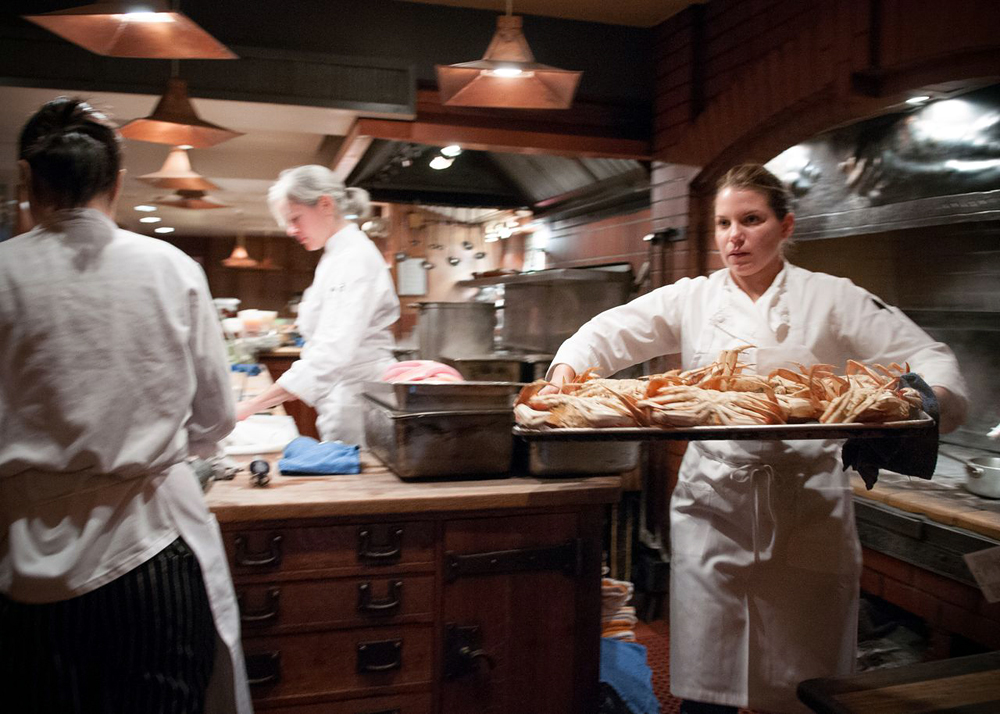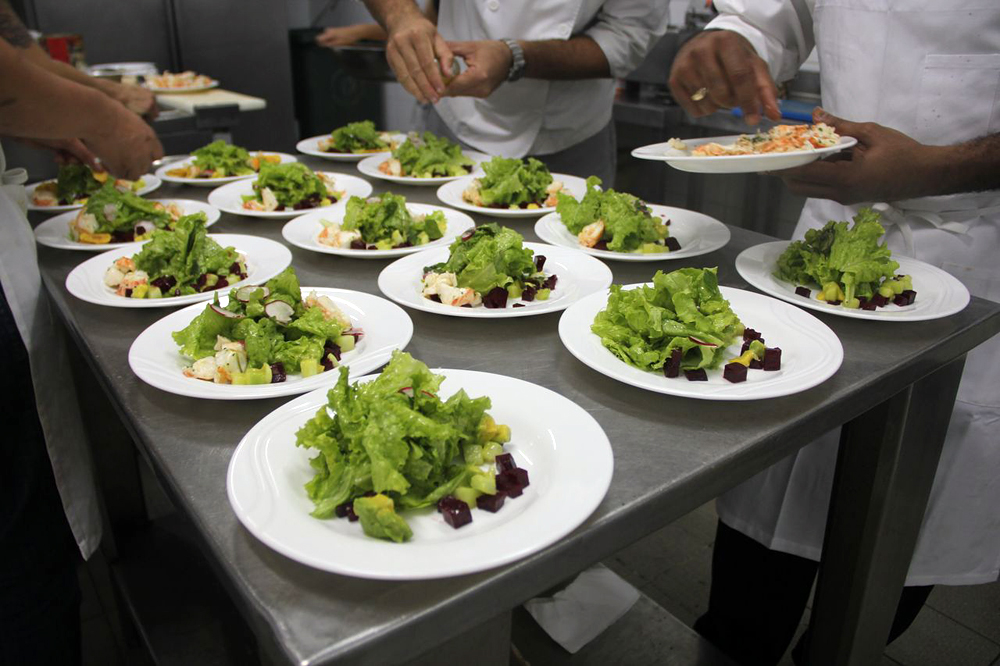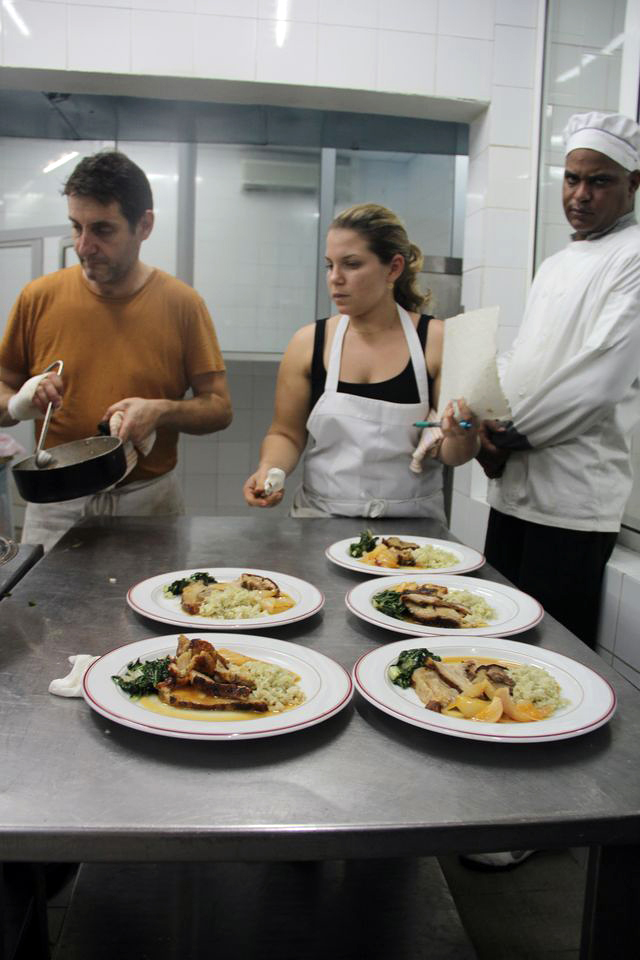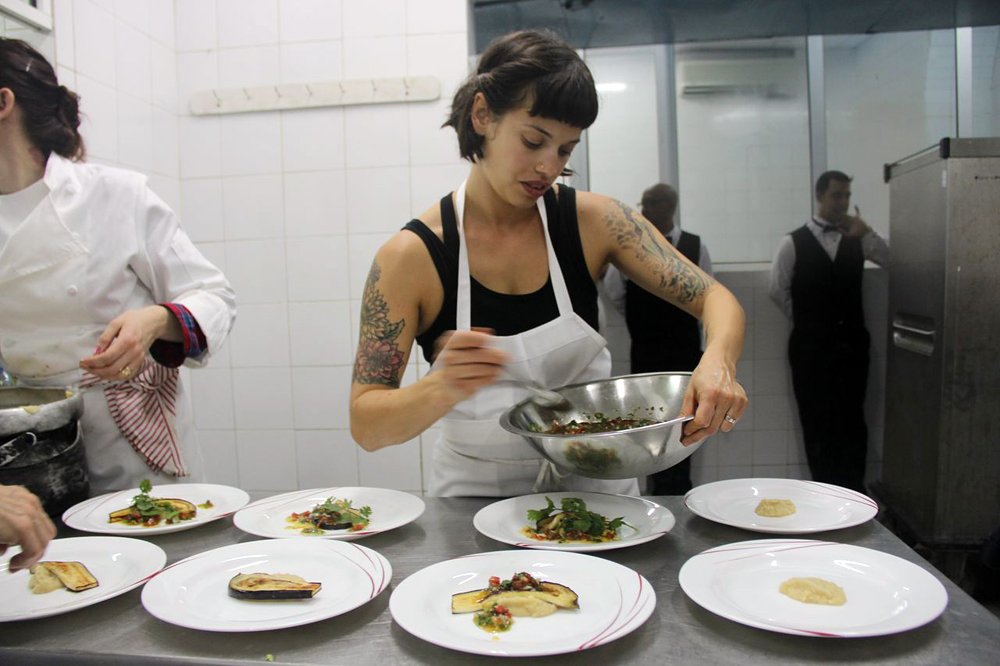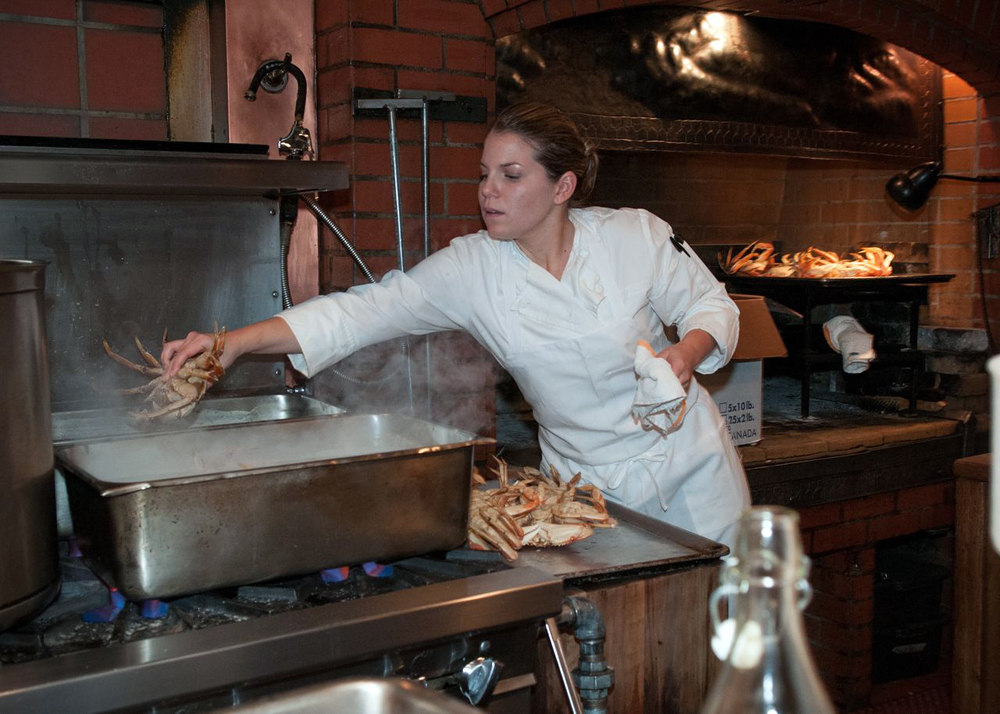
When a contingent from Chez Panisse went to Cuba last December, their visit was duly reported in the press. A crew of Alice Waters devotees was poised to foment a food revolution in Havana -- or at least feed people well for a few days. Steve Sullivan baked bread. Charlie Hallowell grilled pork on a parrilla in the streets of Havana. Jerome Waag plated polenta for Cuban dignitaries at dinners designed to showcase the Chez way of cooking.
Missing from the coverage: Any word from either of the Chez Panisse line cooks on the culinary diplomacy mission who are of Cuban-American heritage. Danielle Alvarez and Melissa Fernandez both have roots in the island nation and Alvarez, who set foot on Cuban soil for the first time, spoke with Bay Area Bites about her recent visit. The 28-year-old says she went on the trip with an open mind and exploratory spirit, wanting to learn more about the land her family calls home, despite bittersweet memories common to a generation of exiles in the aftermath of the revolution. She came away, though, with an overwhelming sadness, she says, for what has been lost from Cuba's culture and cuisine, despite encountering a few bright spots on the food and farming front and hope among besieged residents for better times ahead.
Let's be frank: Nobody goes to Cuba, widely regarded as a culinary backwater, for the food. And nothing about growing, selling, buying, cooking, or eating food -- whether at home or in restaurants -- in Cuba is easy. The lack of variety of fresh ingredients alone would make a farmers' market-loving Northern Californian cry. Food is still rationed in Cuba and much of it is imported (about 70 percent) or frozen, the result of a survivalist mentality born out of scarcity. An agriculture exchange which sprouted in 2011 after the Cuban government loosened up restrictions on a range of small businesses would suggest greater freedoms on the farming front. But such shifts are both an indication of just how much the country has changed, according to a recent New York Times story, and the political and practical limitations that continue to thwart this Caribbean country flirting with capitalism. By most measures, Cuba's free-enterprise farm experiment has failed, writes journalist Damien Cave, with many Cuban residents actually seeing less locally-grown food at private markets.
Still, Alvarez was encouraged by first-hand accounts from Waters' personal assistant, Varun Mehra, a man mad for all things Cuban, who was instrumental in organizing the recent "Planting Seeds" edible expedition, the first of what he hopes will be an ongoing U.S.-Cuba dialogue around food and farming. “Havana’s food scene is changing rapidly and the Cuban government is phasing out its system of rations and cautiously allowing private restaurant ownership,” Mehra notes in his recent travelogue for Paper Magazine. “As a result, the population is rediscovering its own pre-revolution culinary history — a delicious mix of Spanish, African, and Caribbean influences.” Mehra refers in his piece to paladars, home-based private eating establishments popping up in Cuba in recent years, that some say could revolutionize -- and spice up -- Cuba's dining options.
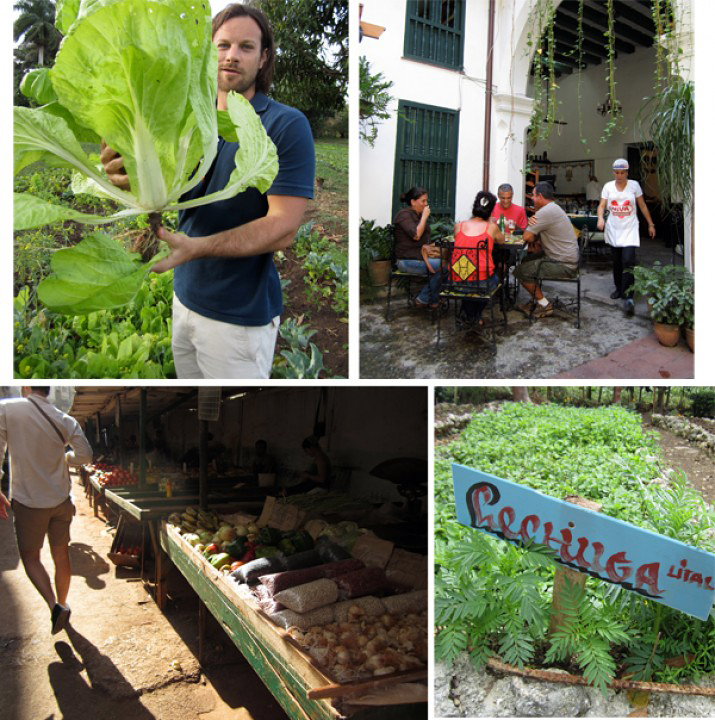
Alvarez was eager to see for herself. She grew up in Miami, dining in on the vivid stories her relatives told about a magical place they left behind. Her mom's family owned a sugar plantation in Cuba's eastern Oriente Province, her father's family hailed from Havana; they both moved to the U.S. as young children shortly after the revolution. Alvarez grew up eating Cuban food: White rice, red or black beans cooked with sofrito (aromatics like garlic, onions, and peppers) and a little sugar and apple cider vinegar, which, she says, made her mom's version special. Her mother and grandmother cooked peasant food that could feed many, Cuban classics like ropa vieja, (shredded skirt steak stewed in a tomato sauce) and Moros y Cristianos ("Moors and Christians," a rice and beans dish elevated in flavor by the addition of pork fat or bacon.)
